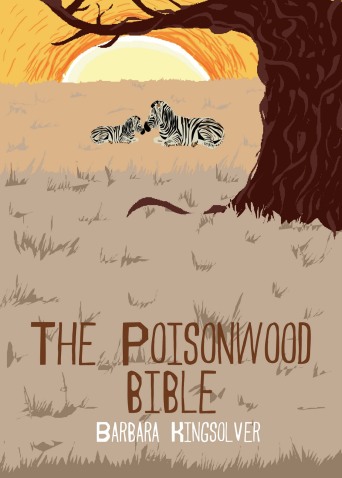
This brain of mine contains all sorts of information, including culinary skills (sort of), personal reflections, algebraic formulas and tidbits of gossip. But I really know reading, writing and revising. I have written a ridiculous amount of essays, articles, blog posts, resumes, cover letters, response papers, press releases, marketing blurbs and probably a bunch of other stuff I can’t remember right now.
Most writers don’t see themselves as great, or even good. I’m going to let you in on a secret, my friends: Your writing will never be perfect. There will always be something, however minuscule, that you could have done better. That tiny error, that you didn’t notice until after you sent it to your editor, will fester and inflame in your consciousness until you are eventually driven to drink your agitation away.
To others, your work is flawless. To you, it’s worse than Miley Cyrus’ “Wrecking Ball” music video.
There are far better writers in the world than me, but I have picked up a few editing tricks over the years that I will share with you.
In the same week, I may find myself writing for a newspaper, a class or a magazine. Each publication has specific audience needs, so keep this in mind during your editing and writing process. If you write for multiple outlets, check to make sure your writing reflects the one you are writing for. You should also write for that particular publication’s platform. 1,000 words in a print news story, for example, is probably too much.
- Use the tools available to you
This is an obvious piece of advice, but one that so many overlook. Many writing and editing tools are free, including online thesauruses and dictionaries. Spellcheck and Microsoft Word are also available through Google Docs. If you are a college student, MLA and AP stylebooks are available to you in print and online through your university’s library.
Instead of listing dry facts in the fashion of a machine gun, paint a picture for readers by appealing to their senses. What sights, smells and textures can you add to your writing? Make readers feel like they are in the story, not just reading it.
Look at your story abstractly. Consider any viewpoints, facts or elements that may be missing. Are there any gaps that need to be filled in? Your writing should inform readers, not leave them with more questions than answers.
Finally, experiment with your writing and editing techniques. You may find that listening to music while editing or writing in a coffee shop facilitates your process. Likewise, working in complete silence may do the trick. Rework your story to fit a new writing style, or read your work out loud. Discover your personal editing preferences through trial and error.
Find more editing tips here. http://prezi.com/hkqasdpieunj/?utm_campaign=share&utm_medium=copy&rc=ex0share










